Building a successful BI program takes more than dashboards and data sources. It requires a long-term strategy, a scalable toolset, and a shared vision for how business intelligence will drive action. Without the right structure, BI initiatives often stall out—especially when teams lack alignment or don’t have self-service access to insights.
Whether you’re just getting started or optimizing an existing system, this guide will help you turn data into direction. We’ll walk through key steps in building a business intelligence program and show how Mapline’s intuitive platform simplifies the process from day one.
Why a BI Program Is Essential for Modern Teams
Organizations today generate more data than ever before. But without a unified business intelligence strategy, much of it goes unused. A BI program ensures that critical data is collected, organized, and transformed into actionable insight. From sales trends and market shifts to customer behavior and team performance, BI connects the dots and drives faster, smarter decisions.
Modern BI isn’t just about historical reporting. It’s about enabling agility and empowering every team member to explore, analyze, and act. That means less reliance on IT teams and more decisions made in the moment. A well-executed BI program can align departments, reduce inefficiencies, and create a shared source of truth.


Pro Tip: Looking to launch a scalable BI program without the headache? Mapline helps you turn raw data into clear visuals, custom dashboards, and territory-based insights—no code or consulting firm required.
Mapline’s Approach to BI Strategy
Unlike overly complex BI tools that require custom builds and weeks of onboarding, Mapline is designed for speed, simplicity, and real-world business needs. Our platform combines advanced mapping and data visualization with the accessibility of spreadsheet-style data intake. That means you can get up and running in hours—not months.
Whether you’re leading a territory overhaul, scaling a service team, or visualizing performance across regions, Mapline adapts to your workflow. With built-in features like territory mapping, automated routing, and dynamic dashboards, it delivers the clarity you need to keep moving forward.
Building Your BI Program Step by Step
Creating an effective BI roadmap doesn’t have to be complicated. These key steps form the foundation of a business intelligence strategy that works—especially when paired with a platform like Mapline that scales with your needs.
Step 1 – Define Your Goals and Stakeholders
Start by identifying the business questions your team needs to answer. Are you trying to track regional sales performance? Understand customer distribution? Improve resource allocation? From there, determine who needs access to this data and how they’ll use it. Clarity here prevents scope creep and ensures your BI efforts support real decisions.
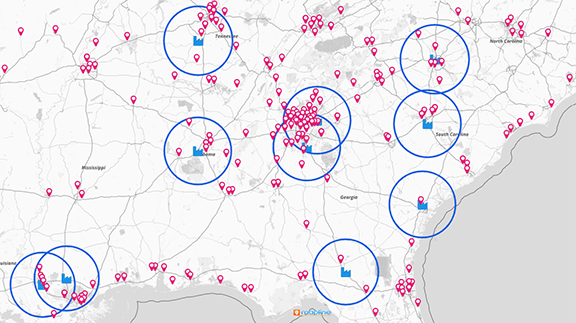
Step 2 – Audit Your Data Sources
Next, take inventory of where your data lives. CRM tools, spreadsheets, ERP systems, and field data apps are all common sources. Mapline makes it easy to upload or connect to these datasets, giving you a unified foundation without custom ETL work. Clean, connected data is the backbone of any effective BI program.

Step 3 – Build Flexible Visualizations and Dashboards
Static charts don’t cut it anymore. Your team needs dynamic views that update in real time and show performance by region, rep, or category. Mapline lets you create map-based visualizations that are easy to filter, share, and present, whether you’re in the office or out in the field.
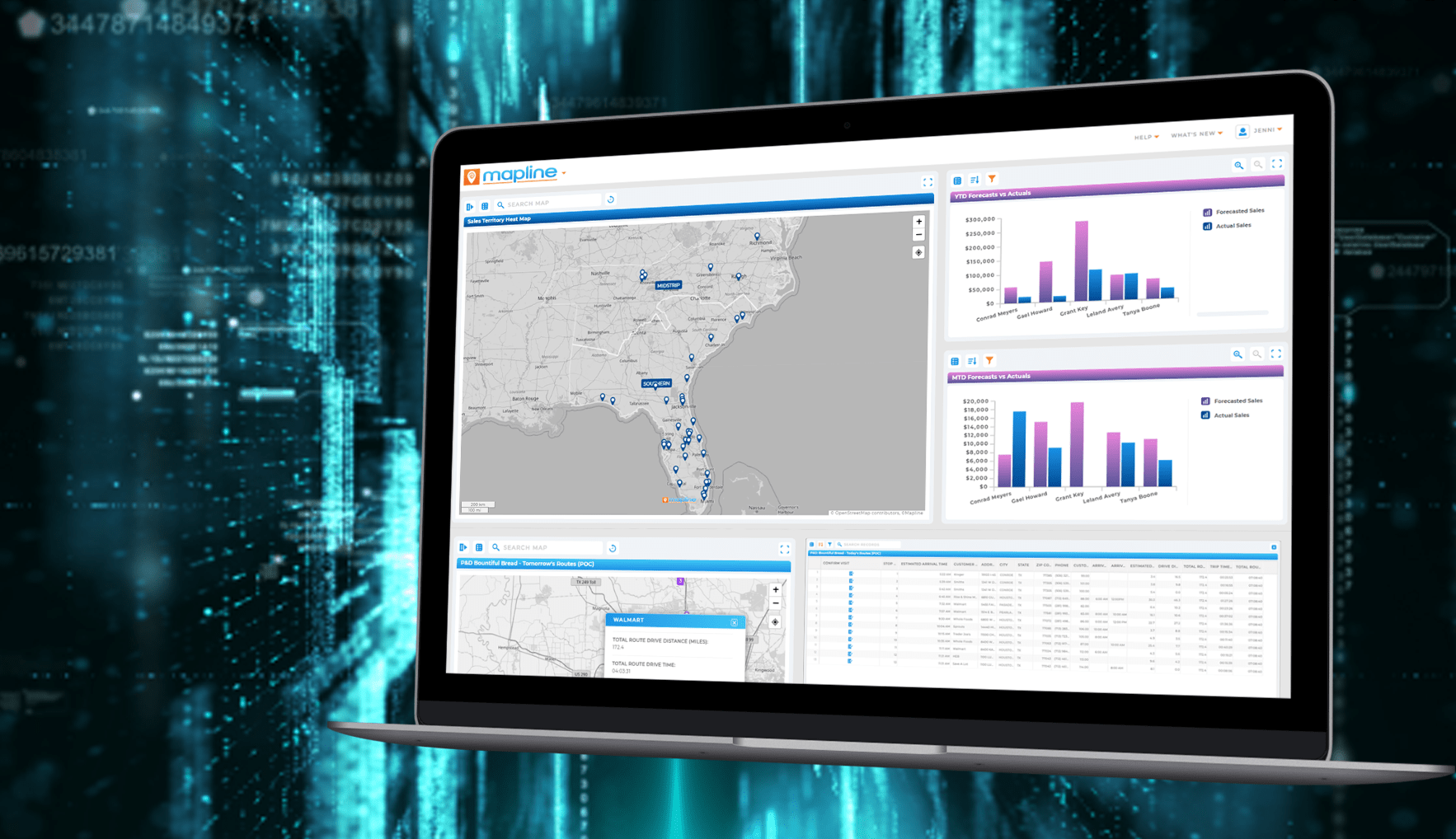
Step 4 – Empower Self-Service Exploration
A strong BI strategy removes gatekeeping. With Mapline, anyone can explore data, filter views, and generate reports without learning SQL or depending on a technical team. This speeds up decision-making and encourages a data-driven culture where insights aren’t just for analysts; they’re for everyone.
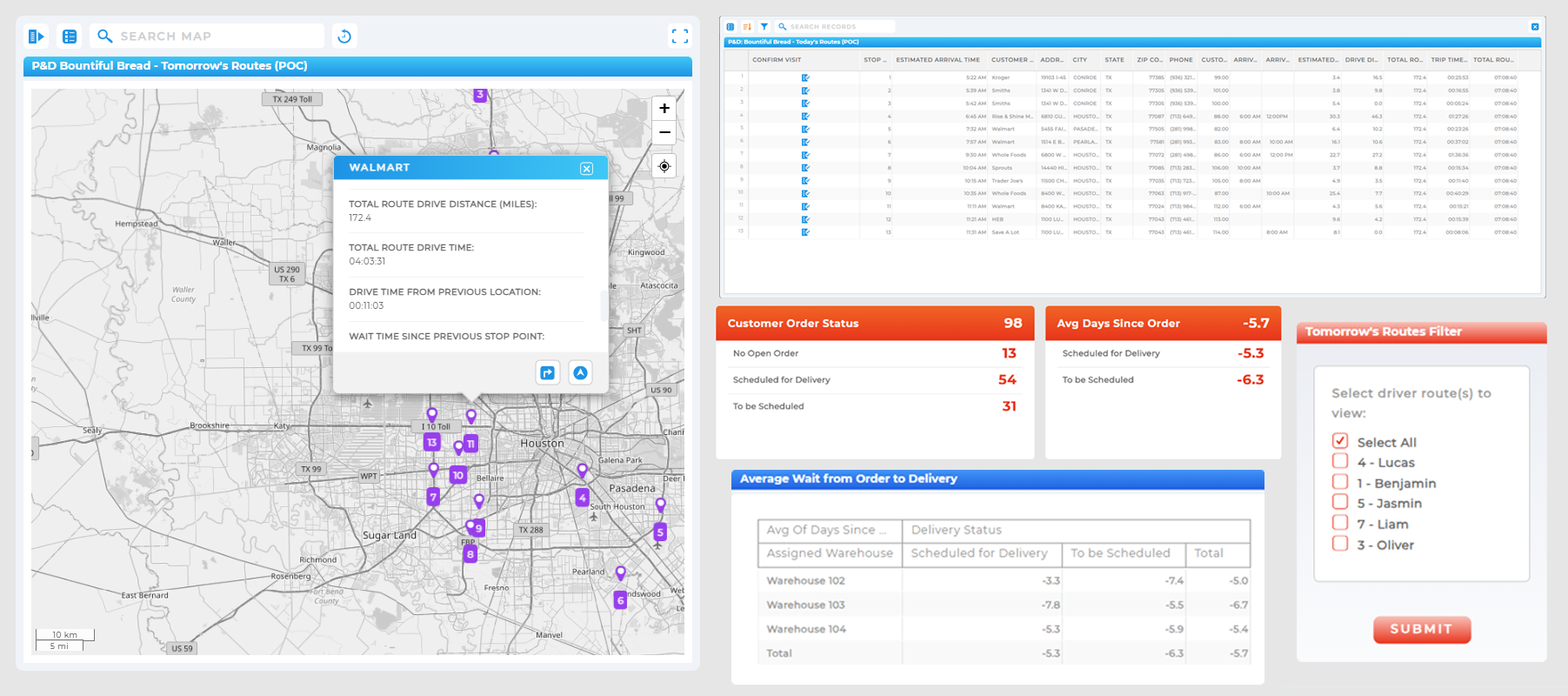
Step 5 – Review, Optimize, and Scale
Business needs change. A good BI program evolves with them. Regularly review which dashboards and workflows are delivering value, and which aren’t. Mapline’s flexible structure makes it easy to update datasets, reassign territories, and adjust visualizations as your organization grows.
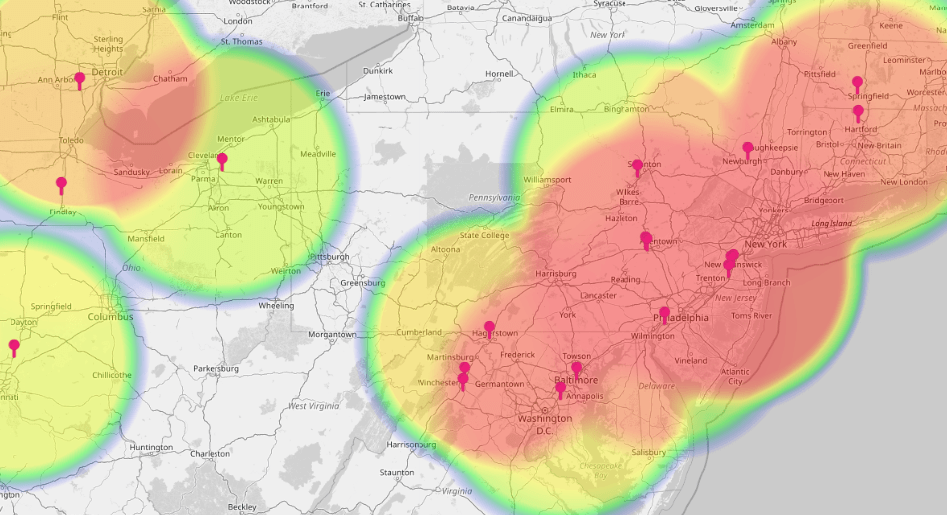
BI Tools by Industry
Most BI tools cater to enterprise use cases, but growing service-based businesses need data clarity just as much. Mapline offers flexible, intuitive BI that fits industries often underserved by traditional platforms. Whether you’re managing technicians, reps, or multi-location logistics, Mapline keeps everyone aligned and informed.
Business Intelligence for Field and Home Services
Field service teams like HVAC, pest control, installation crews, or home healthcare providers need fast, on-the-go access to data. Mapline supports real-time visibility into visit schedules, rep territories, service performance by region, and missed appointment trends, helping teams rebalance workloads and respond to demand with agility.
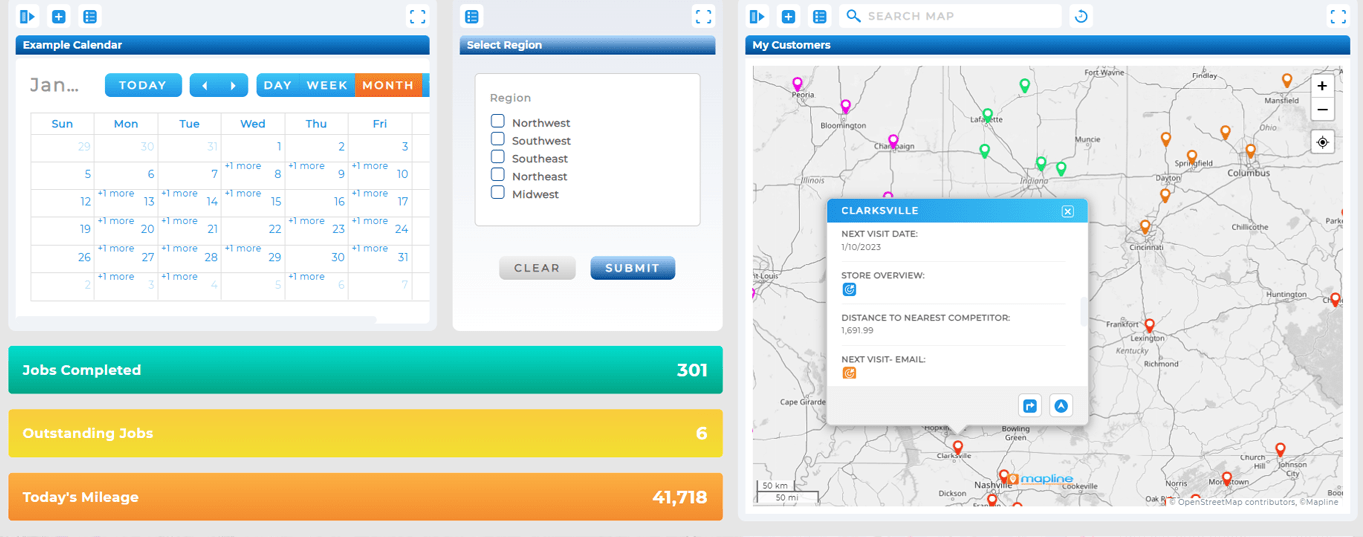
BI Program for Delivery and Logistics Teams
From grocery delivery to medical equipment drop-offs and mobile auto service, delivery-based teams rely on efficiency. Mapline helps track service areas, optimize routes, and visualize regional KPIs. Unlike traditional BI tools, Mapline ties metrics directly to mapped locations, so you can see where your operations need support.
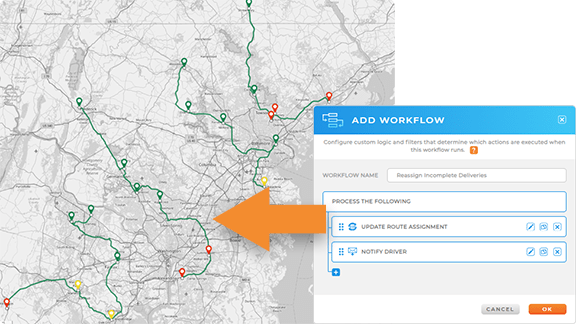
BI Program for Franchises and Multi-Location Businesses
Franchise systems and growing brands, like restaurants, retail chains, or in-home service businesses, need to compare performance across locations. Mapline gives regional managers and execs a mapped view of sales, staffing, coverage gaps, and growth opportunities, so you can expand smart and scale fast.
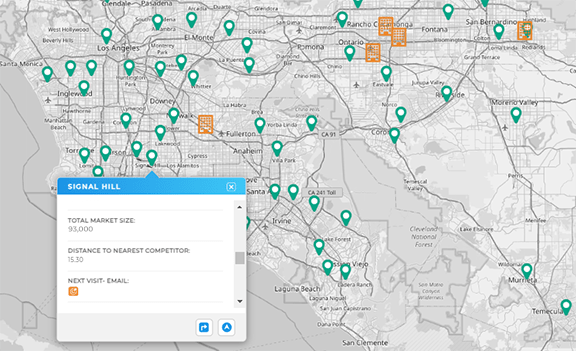
BI for Sales and Marketing Teams: In-House or on the Move
For healthcare equipment reps, lawncare sales teams, or local ad agencies, location matters. Mapline brings geography into the mix, showing territory activity, customer density, and performance by zip code or sales region. This helps reps prioritize efforts and lets managers spot market trends at a glance.

Bring Clarity to Your BI Program
Building a BI program isn’t just about collecting data—it’s about making it accessible, visual, and actionable for every team. Whether you’re managing field service teams, optimizing regional coverage, or scaling a growing franchise, the right platform makes all the difference. Unlike complex enterprise tools, Mapline is built to empower businesses of all sizes with simple, location-based business intelligence. You don’t need a full-time analyst to start making data-backed decisions—you just need the right tool. With Mapline, your BI program can go from concept to execution without the chaos. Let’s turn your data into direction.
A BI (business intelligence) program is a structured approach to collecting, analyzing, and using data to drive business decisions. It typically includes a combination of tools, processes, governance, and strategy designed to turn raw data into actionable insights.
Start by identifying your business goals and the types of insights your teams need. Then choose the right BI software, establish data governance policies, define reporting structures, and roll out the platform in phases. Tools like Mapline make it easier to visualize and analyze data without a steep learning curve.
Unlike Power BI and Tableau, which often require technical setup or data expertise, Mapline focuses on simplicity and speed. It delivers powerful visual insights using intuitive mapping tools, making it easier for teams to make decisions without needing deep analytics training.
A successful BI program typically involves stakeholders from leadership, operations, IT, and end users who will be using the insights day-to-day. Mapline eliminates the technical lift, so smaller teams or departments can implement BI programs without needing a large analytics team.
Any industry that relies on operations, field service, regional sales, or customer engagement can benefit from BI. This includes franchises, healthcare sales, delivery services, installation businesses, and in-home service providers. Mapline is especially useful for teams that need geographic insights or territory-based planning.









